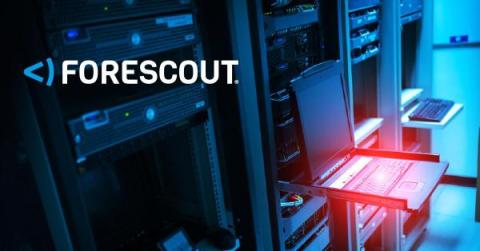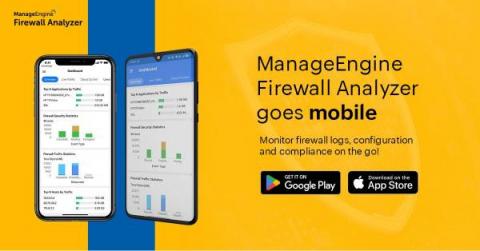Security | Threat Detection | Cyberattacks | DevSecOps | Compliance
Networks
Setting Up Always-On VPN Connection with Group Policy
How do you know a software rep is lying?
A customer posed this question to me recently; after pausing and smiling (a little too) broadly, he continued, “Their lips are moving.” I thought this would be funnier if it weren’t partly true. The software industry has over-promised and under-delivered for years, making technical executives rightfully skeptical when they hear a new promise. Unfortunately, it’s common for software to lack promised features or to create new headaches when deployed across the enterprise.
ModSecurity Request Body Parsing: Recent Bypass Issues
ModSecurity is an open-source web application firewall (WAF) engine maintained by Trustwave. This blog post discusses multiple input interpretation weaknesses in the ModSecurity project. Each input interpretation weakness could allow a malicious actor to evade some ModSecurity rules. Both ModSecurity v2 and ModSecurity v3 were affected. The issues have been addressed in v2.9.6 and v3.0.8, respectively.
The Riskiest Connected Devices in Enterprise Networks
The growing number and diversity of connected devices in every industry presents new challenges for organizations to understand and manage the risks they are exposed to. Most organizations now host a combination of interconnected IT, OT and IoT devices in their networks that has increased their attack surface.
Zero Trust
Monitor your firewalls on the go with Firewall Analyzer's mobile app
The number of cybersecurity events faced by companies and businesses across the globe has grown exponentially since the pandemic began. Without adequate network security monitoring practices and around-the-clock monitoring in place, the chances of a cyber incident happening are highly likely. However, not all companies can afford to have a team of highly trained network admins watching over their network 24×7.
Holistic Cybersecurity for Government IT/IoT/OT Converged Networks
What DNS over HTTPS (DoH) Is & How to Enable in Windows 10
When your web browser accesses a website, it needs to first translate the friendly URL (such as Netwrix.com) to the public server IP address of the server that hosts that website. This is known as a DNS lookup. Traditional DNS is unencrypted, unlike modern HTTPS web traffic that’s almost entirely secured via HTTPS these days.











